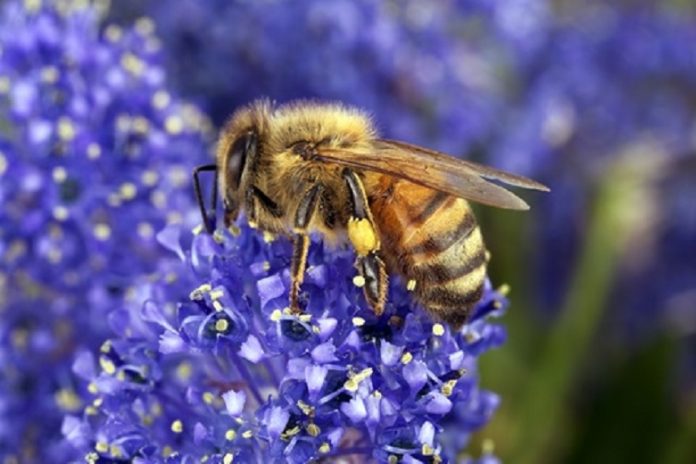
A new research published by Australia’s national science agency, CSIRO, and partners at the University of Melbourne and Curtin University, had found that DNA testing Australian honey can reveal where it was produced and its main floral sources.
Postdoctoral Fellow with the Environomics Future Science Platform at CSIRO, Dr Liz Milla, said the findings could be used for a honey certification program to confirm the floral composition and provenance of commercial honey.
“We tested 15 different honeys from across Australia and found most were dominated by eucalypts and related plants in the Myrtaceae family,” Dr Milla noted.
“We detected the major floral source on the label in all commercially produced honeys. In 85 per cent of samples they were found in the top five most abundant floral components. All of the honeys were composed of mixed florals, which reflects the diverse natural diets of honeybees.
“We found that honeys from eastern and western Australia were easy to tell apart and we could categorise most honeys according to Australia’s 89 geographically distinct bioregions from which they came.”
Using a technique called pollen DNA metabarcoding, the researchers were able to identify plant species from their pollen by sequencing a short stretch of DNA and comparing it with reference libraries, which are built using reference DNA of plant specimens, curated by botanical experts at collections like the Australian National Herbarium.
Dr Milla said the DNA-based method is a fast and accurate way to identify the floral composition of Australian honey.
“The traditional method of using microscopy to identify pollen in honey is time-consuming, requires significant expertise because Australia has such diversity of unique plants, and often can’t identify plants to species level,” she said.
CSIRO is working to create a DNA barcode library for all of Australia’s half a million plant and animal species to enable fast, cheap environmental monitoring as well as projects to study bees.
According to Dr MIlla, not only can pollen DNA metabarcoding be used to check the composition and provenance of honey, it could be used to help honeybees by monitoring their diets.
“Making sure that honeybee colonies have access to nutritious flora could help build resistance to colony collapse disorder, a phenomenon that has impacted honeybees overseas,” she concluded.


















